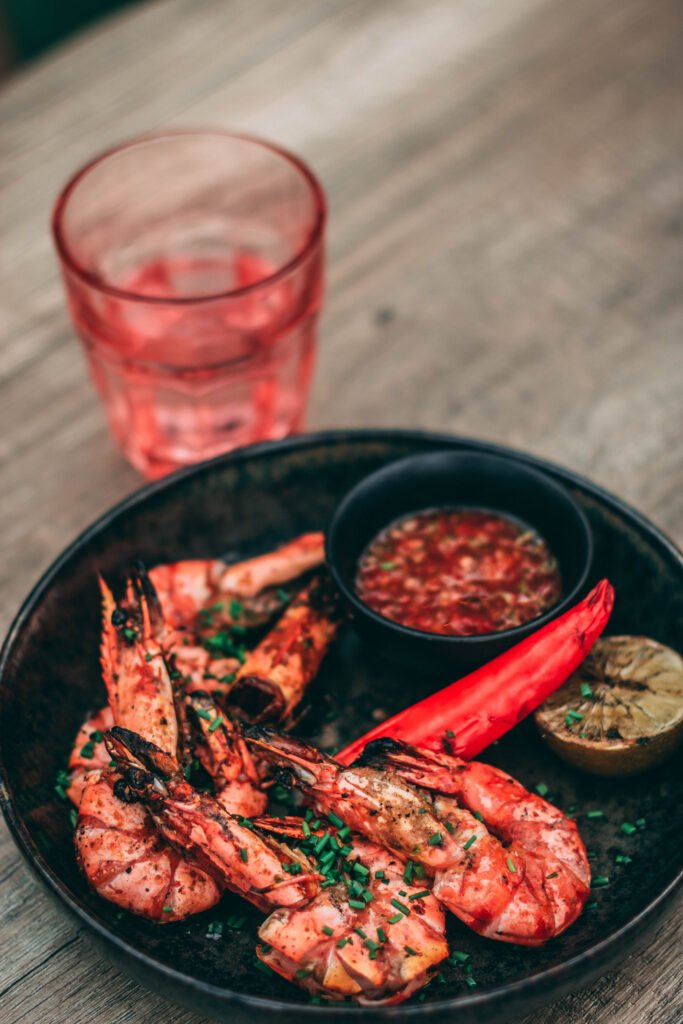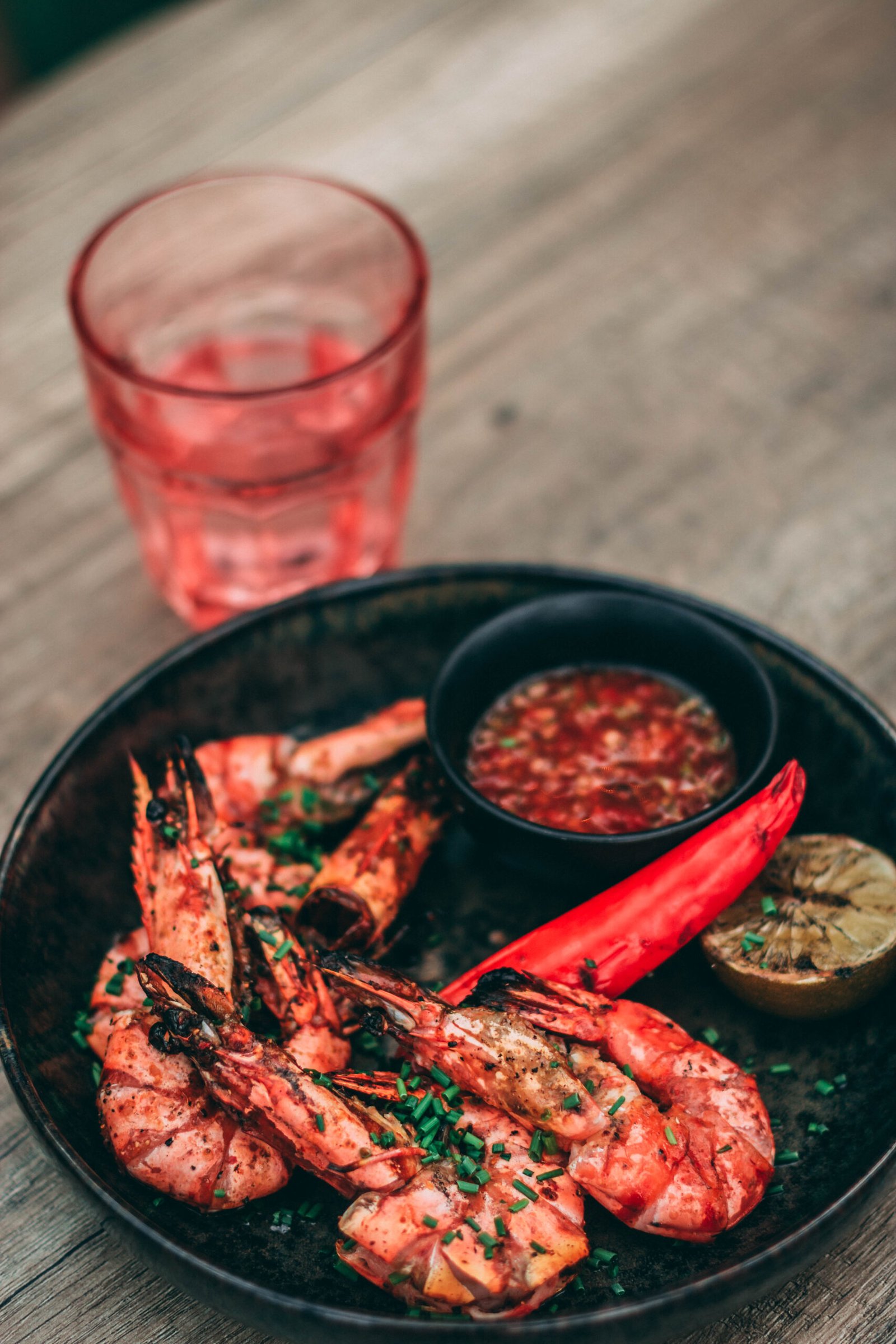Looking for a delicious and hearty vegetarian meal option? Look no further than this mouth-watering Vegetarian Chili Recipe. Packed with flavorful ingredients like beans, tomatoes, and spices, this chili is guaranteed to satisfy your taste buds. Whether you’re a vegetarian or just looking to switch up your usual dinner routine, this recipe is the perfect choice. So grab your apron and get ready to create a satisfying and wholesome dish that will have everyone coming back for seconds. Get ready to be amazed by how incredibly delicious a vegetarian chili can be!
Vegetarian Chili Recipe
There’s nothing quite like a warm and hearty bowl of chili to satisfy your cravings on a chilly night. But what if you’re vegetarian and don’t want to miss out on the comfort and flavor that chili brings? Look no further! This vegetarian chili recipe is packed with delicious and nutritious ingredients that will leave you feeling satisfied and content. From the selection of vegetables to the savory spices, this chili is sure to be a hit with everyone, whether they follow a vegetarian diet or not.
Ingredients
Let’s start by taking a look at the ingredients needed for this vegetarian chili. This recipe calls for a variety of ingredients to create a robust and flavorful dish. Here’s what you’ll need:
Vegetables
- Bell peppers
- Onions
- Garlic
- Zucchini
- Carrots
These vegetables will add color, texture, and a wonderful depth of flavor to your chili.
Beans
- Kidney beans
- Black beans
- Pinto beans
The combination of these beans provides a good source of protein and fiber, making your chili not only tasty but also nutritious.
Tomatoes and Sauce
- Diced tomatoes
- Tomato sauce
The tomatoes provide the base for your chili, while the tomato sauce adds richness and a touch of sweetness.
Spices and Flavorings
- Chili powder
- Cumin
- Paprika
- Oregano
- Cayenne pepper (optional)
These spices and flavorings are what bring that classic chili taste to the dish. Adjust the heat level to your preference by adding more or less chili powder and cayenne pepper.
Herbs
- Fresh cilantro
- Fresh parsley
Adding fresh herbs at the end of cooking adds brightness and freshness to your chili.
Liquids
- Vegetable broth
- Water
The vegetable broth adds depth of flavor, while the water helps to create the right consistency for your chili.

Preparation
Before you start cooking your vegetarian chili, it’s important to prepare all the ingredients. This includes chopping the vegetables, preparing the beans, and mixing the seasonings.
Vegetable Chopping
Start by washing and chopping the bell peppers, onions, garlic, zucchini, and carrots into small, bite-sized pieces. The size of the vegetable pieces will affect the texture of the chili, so keep that in mind.
Bean Preparation
If you’re using canned beans, make sure to drain and rinse them thoroughly before adding them to your chili. If you prefer to use dried beans, soak them overnight and cook them until tender before adding them to the chili.
Tomato Preparation
If using fresh tomatoes, dice them into small pieces. If using canned diced tomatoes, they are ready to use. For the tomato sauce, simply open the can.
Seasoning Mixing
In a small bowl, mix together the chili powder, cumin, paprika, oregano, and cayenne pepper (if using). This will allow the flavors to meld together and ensure that the spices are evenly distributed throughout your chili.
Cooking Instructions
Now that all your ingredients are prepared, it’s time to start cooking your vegetarian chili. This recipe follows a simple, step-by-step process that will result in a delicious and flavorful dish.
Sautéing the Vegetables
In a large pot, heat some oil over medium heat. Add the chopped onions and garlic and sauté until they become translucent and fragrant. Then, add the bell peppers, zucchini, and carrots. Sauté until the vegetables are slightly softened, which usually takes about 5 minutes.
Adding Beans and Tomatoes
Next, add the drained and rinsed beans, diced tomatoes, and tomato sauce to the pot. Mix everything together until well combined.
Simmering
Bring the mixture to a simmer. Lower the heat and let the chili simmer uncovered for about 30 minutes to allow the flavors to develop and the vegetables to become tender.
Adjusting Seasonings
After the chili has simmered for a while, it’s time to taste and adjust the seasonings. Add more chili powder, cumin, or any other seasoning of your choice to enhance the flavor. If you prefer a spicier chili, add more cayenne pepper.
Finishing Touches
Just before serving, stir in the fresh cilantro and parsley. This will add a refreshing burst of flavor to your chili. Let it cook for a few more minutes, allowing the herbs to infuse their essence into the dish.

Variations
This vegetarian chili recipe is incredibly versatile. Here are a few variations you can try to suit your personal preferences or dietary needs:
Vegan Option
To make this chili vegan-friendly, simply omit any garnishes or toppings that contain animal products, such as cheese or sour cream. You can replace them with vegan alternatives like vegan cheese or cashew cream.
Gluten-Free Option
If you require a gluten-free diet, double-check that all ingredients, such as canned beans and tomato sauce, are labeled gluten-free. You can easily replace crackers or tortilla chips with gluten-free options.
Spicy Version
If you enjoy a little heat, feel free to add more cayenne pepper or even a diced jalapeño pepper to your chili. You can also include some hot sauce or crushed red pepper flakes for an added kick.
Chunky Style
If you prefer a chunkier chili, you can reserve a small portion of the sautéed vegetables and beans before blending the rest. Once the chili is cooked, stir in the reserved vegetables for added texture.
Slow Cooker Variation
To make this chili in a slow cooker, follow the same preparation steps to sauté the vegetables. Then, transfer everything to a slow cooker, add the beans, tomatoes, sauce, seasonings, and enough liquid to cover the ingredients. Cook on low for 6-8 hours or on high for 3-4 hours, until the flavors meld together and the vegetables are tender.
Serving Suggestions
Once your vegetarian chili is ready, it’s time to think about how to serve and enjoy it. Here are a few serving suggestions to complement this delicious dish:
Accompaniments
Serve your chili with fresh, warm cornbread or crusty bread. This will make for a satisfying and filling meal.
Toppings
Top your chili with some shredded cheese, avocado slices, or a dollop of sour cream for added creaminess and richness. You can also sprinkle some chopped green onions or sliced jalapeños on top for an extra burst of flavor and color.
Side Dishes
Complete your meal by serving your chili alongside a crisp green salad or some steamed vegetables. This will provide a refreshing contrast to the hearty and flavorful chili.

Garnish Options
Garnishes can take your vegetarian chili to the next level by adding additional textures and flavors. Here are some garnish options to consider:
Fresh Herbs
Sprinkle some fresh chopped herbs like cilantro or parsley on top of your chili. This will bring a pop of freshness and a bright burst of flavor to each bite.
Cheese
If you’re not following a vegan diet, grated cheddar or Monterey Jack cheese can be a delicious addition to your chili. The cheesy goodness will melt into the hot chili and add a creamy, savory element.
Avocado
Sliced or diced avocado is the perfect garnish for chili. It adds a creamy texture and a subtle nutty flavor that complements the spices in the dish.
Sour Cream
A dollop of sour cream on top of your chili adds a cooling and tangy element. It can help balance out the flavors and add a touch of richness.
Crackers or Tortilla Chips
Serve your chili with some crunchy crackers or tortilla chips on the side. They can be used for scooping up the chili or eaten on their own for added texture and bite.
Storage
If you have leftovers or want to make a batch of chili ahead of time, here are some storage options to consider:
Refrigeration
Allow the chili to cool completely before storing it in an airtight container. It can be stored in the refrigerator for up to 4 days. Simply reheat it on the stovetop or in the microwave when you’re ready to enjoy it again.
Freezing
Chili freezes well, making it a convenient option for meal prep or for having a quick and easy meal on hand. Allow the chili to cool before transferring it to freezer-safe containers or resealable bags. It can be frozen for up to 3 months. Thaw the chili in the refrigerator overnight before reheating.
Meal Prep
If you’re looking to meal prep, you can make a large batch of chili and portion it out into individual servings. Store these servings in airtight containers in the refrigerator or freezer. This way, you’ll have a ready-made meal that can be heated and enjoyed whenever you want.
Tips and Tricks
To help you make the best vegetarian chili possible, here are some tips and tricks to keep in mind:
Enhancing Flavors
For a deeper flavor, you can sauté the vegetables with a pinch of salt and pepper before adding the beans and tomatoes. This will help develop the flavors and bring out the sweetness in the vegetables.
Adjusting Heat
If you find the chili too spicy for your liking, you can add a spoonful of honey or a splash of citrus juice, like lime or lemon, to help balance the heat. Alternatively, serve the chili with a cooling garnish, like sour cream or avocado, to temper the spiciness.
Thickening or Thinning
If your chili is too thick, you can add a little more vegetable broth or water to reach your desired consistency. If it’s too thin, continue simmering the chili uncovered until it thickens to your liking.
Making Ahead
Chili always tastes better the next day as the flavors have had time to meld together. Consider making your chili a day in advance and letting it sit in the refrigerator overnight before reheating and serving.
Using Leftovers
If you have leftover chili, don’t let it go to waste! It can be repurposed in a variety of creative ways. Use it as a topping for baked potatoes, as a filling for tacos or burritos, or even as a base for a hearty vegetable soup. The possibilities are endless!
Conclusion
Now that you have this comprehensive vegetarian chili recipe in your repertoire, you can create a flavorful and satisfying dish that will impress your family and friends. Whether you’re a vegetarian or simply looking to add more plant-based meals to your diet, this chili is sure to become a favorite. Enjoy the process of chopping, sautéing, and simmering, and savor the delicious flavors that you’ve created. Serve it alongside your favorite accompaniments, top it with your favorite garnishes, and indulge in the goodness of this comforting dish. Happy cooking!

